The Law on Road Traffic was passed by the National Assembly of the Socialist Republic of Vietnam, 12th Legislature, on November 13, 2008; effective from July 1, 2009, and replaces the Law on Road Traffic dated June 29, 2001.
Road Traffic Law consists of 8 chapters with 89 articles.
Among the 89 articles, only 03 articles from the 2001 Law remain unchanged (accounting for 3.37%); 68 articles are amended and supplemented (accounting for 76.40%) and 18 new articles (accounting for 20.23%).
---
Chapter I. General Provisions, including 8 Articles (from Article 1 to Article 8)
This chapter stipulates the scope of regulation; subjects of application; interpretation of terminologies; principles of activities, development policies, and road transport planning; dissemination and education of road traffic laws and prohibited acts. Many new terms are explained in Article 3, particularly the concept of "road land" which has undergone a significant change. With the complex situation of encroachment on road safety corridors, to meet the requirement of protecting road works, referencing the Road Law of China, the Road Traffic Law stipulates that road land is not only "the land on which road works are built" as stated in the 2001 Law but also "the land along both sides of the road for managing, maintaining, and protecting road works," thus expanding beyond the 2001 Law’s stipulations. Additionally, several concepts also have new aspects that need attention, such as the concept of "road motor vehicles" which now includes "trailers or semi-trailers towed by automobiles, tractors" and "electric bicycles", and the concept of "road rudimentary vehicles" which now includes "motorized bicycles" and "wheelchairs for the disabled." This supplementation is aimed at promptly establishing a legal corridor for types of vehicles that were not clearly regulated in the road traffic law system.
A new article (Article 6) is added regarding the development planning of road transport, with principle regulations on determining types, objectives, basis, planning sequence, and clearly defining the responsibilities of relevant state management agencies in this task. For prohibited acts (Article 8), aiming to enhance traffic safety, the Road Traffic Law also has stricter regulations on the use of alcoholic beverages (alcohol, beer) by drivers participating in traffic, specifically: prohibiting drivers of "automobiles, tractors, specialized motorcycles on roads with blood alcohol content or breath alcohol content”, while for drivers of motorcycles, mopeds, the alcohol content in the blood or breath must not "exceed 50 milligrams/100 milliliters of blood or 0.25 milligrams/1 liter of breath". Thus, for drivers of automobiles, tractors, specialized motorcycles on roads, due to the higher level of danger, the Law prohibits the use of alcoholic beverages (alcohol, beer...); for drivers of motorcycles, mopeds on roads, although the Law does not prohibit it, the stipulated alcohol content is lower compared to the 2001 Law and is the same level applied in 35 countries worldwide.
---
Chapter II. Road Traffic Rules, including 30 Articles (from Article 9 to Article 38)
This chapter provides for road traffic rules (including the road signaling system; complying with road signals; vehicle speed and distance between vehicles; lane usage; overtaking; turning; reversing; evading oncoming vehicles; stopping and parking on roads, streets; loading goods on road vehicles; carrying people on goods vehicles; priority rights of certain types of vehicles; ferry crossing, pontoon bridge crossing; yielding at intersections; traveling on road segments that intersect or share bridges with railroads; traffic on highways, traffic in road tunnels; load capacity and road limits; towing and trailer towing; drivers and passengers on motorcycles, mopeds, bicycles, other rudimentary vehicles; pedestrians, disabled people, the elderly participating in traffic; herding animals on roads and other activities on roads; using streets and other activities on streets; traffic organization and traffic control, responsibilities of agencies, organizations, and individuals in case of traffic accidents).
Compared to the 2001 Law, the Road Traffic Law supplements certain regulations about the allowable age of children to be carried on motorcycles, mopeds as under 14 years old and bicycles as under 7 years old (the 2001 Law does not specify age limits). Notably, in this Chapter, apart from the regulation that drivers and passengers on two-wheeled motorcycles, three-wheeled motorcycles, and mopeds must wear helmets properly fastened, the Road Traffic Law also adds a mandatory regulation for drivers and passengers on motorized bicycles to wear helmets.
---
Chapter III. Road Traffic Infrastructure, including 14 Articles (from Article 39 to Article 52)
This chapter stipulates the classification of roads; naming, numbering of roads; road technical standards; land fund for road transport infrastructure, scope of land reserved for roads; ensuring technical requirements and traffic safety of road works; road signaling works; investment, construction, and exploitation of road transport infrastructure; construction work on roads under exploitation; road management and maintenance; financial sources for road management and maintenance; construction of road intersections with railroads; bus stations, parking lots, rest stops, vehicle inspection stations, toll stations; protection of road transport infrastructure.
Compared to the 2001 Law, the Road Traffic Law supplements specific provisions on classifying roads and clarifies the authority to classify and adjust the road systems of the Ministry of Transport (for national highways) and the People's Committee (for local roads); adds some principled regulations on naming, numbering roads. It also provides more specific regulations on using land within the road reserve.
The Road Traffic Law stipulates that the percentage of urban transport land compared to urban construction land must be ensured between 16% to 26% to meet the long-term development requirements of urban transport, shortening the gap with regional countries.
Regarding the issue of ensuring technical requirements and traffic safety of road works, the Road Traffic Law supplements regulations on traffic safety evaluation of road works, construction of road works must ensure technical standards and traffic safety conditions for pedestrians, the disabled, and specifies the connection, construction of frontage roads to ensure traffic safety for the national highway system. Strict regulations on the use and management of road signaling works are also provided.
The Road Traffic Law also supplements principled regulations for investment, construction, and exploitation of road transport infrastructure, adds binding provisions on the responsibility of construction units for road works under exploitation; these units are responsible if traffic accidents, traffic congestion, or severe environmental pollution occur, to enhance the responsibility of construction units on roads in maintaining traffic order, safety, and environmental hygiene during construction.
Regarding road management and maintenance, the Law clarifies the concept of road maintenance, provides more specific regulations on financial sources for road management and maintenance, especially the establishment of a Road Maintenance Fund (from state budget sources, road use-related revenues, and other revenues) to manage and maintain national and local road systems, aiming to ensure funding, improve the efficiency of road management and maintenance, create a legal basis to mobilize resources for road maintenance, thus contributing to saving investment and new construction costs for the road system. This regulation is based on the experience of 55 countries worldwide with Road Maintenance Funds or Road Development Funds.
---
Chapter IV. Vehicles Participating in Road Traffic, including 5 Articles (from Article 53 to Article 57)
This chapter stipulates the conditions for various types of vehicles (motor vehicles, rudimentary vehicles, specialized motorcycles) to participate in road traffic; issuance and revocation of the registration and license plates for motor vehicles; ensuring the regulations on technical safety quality and environmental protection of motor vehicles participating in road traffic.
Compared to the 2001 Law, this Chapter has revised some contents to comply with the Law on standards and technical regulations. Additionally, to comply with Vietnam's commitments upon joining the WTO and some Agreements Vietnam has signed allowing right-hand drive vehicles from some countries into Vietnam, and to meet the increasing demands of tourism development, the Road Traffic Law supplements regulations allowing foreign-registered right-hand drive cars to participate in traffic in Vietnam as per the regulations of the Government of Vietnam. The Government Decree will specify the cases in which foreign right-hand drive cars are permitted to enter Vietnam. The 2001 Law did not grant this authority to the Government of Vietnam, so the agency authorized to permit right-hand drive cars into Vietnam was the Standing Committee of the National Assembly, hence the permission procedure was time-consuming. With the new regulation granting this authority to the Government of Vietnam, it will create more flexibility and convenience in the procedures to allow foreign right-hand drive cars (primarily tourist vehicles) to enter Vietnam, promptly meeting socio-economic development requirements and administrative reform.
To unify the management of motor vehicles and specialized motorcycles, enhancing the role of the specialized management ministry, the Road Traffic Law also grants the authority to regulate and organize the revocation of registration and license plates for motor vehicles to the Ministry of Public Security, and the revocation of registration and license plates for specialized motorcycles to the Ministry of Transport, ensuring the principle that the agency that issues is the agency that revokes.
---
Chapter V. Drivers Participating in Road Traffic, including 6 Articles (from Article 58 to Article 63)
This chapter stipulates the conditions for drivers participating in road traffic; driver's licenses; age and health of drivers; driver training, testing for driver's licenses; conditions for operators of specialized motorcycles participating in traffic; conditions for operators of rudimentary vehicles participating in traffic.
Compared to the 2001 Law, the Road Traffic Law has supplemented regulations on the documents that drivers, operators of specialized motorcycles must carry when operating vehicles in traffic. Specifically: Drivers must carry Vehicle Registration, Driver’s License (for operators of automobiles, motorcycles), Certificate of Technical Safety and Environmental Protection Inspection (for operators of automobiles), and Civil Liability Insurance Certificate of motor vehicle owners. Operators of specialized motorcycles must carry Vehicle Registration, Legal Knowledge Certificate of road traffic, operator’s license or certificate for specialized motorcycles, Certificate of Technical Safety and Environmental Protection Inspection. This regulation aims to enhance control over traffic law compliance of participants and ensure strict implementation of legal provisions.
Regarding the regulations for drivers, the Road Traffic Law raises the minimum age for drivers of passenger cars with 10-30 seats from 21 years old (under the 2001 Law) to 24 years old, the minimum age for drivers of passenger cars with over 30 seats from 25 years old (under the 2001 Law) to 27 years old, and raising the driver's license category for operators of semi-trailer trucks from a Category C (21 years old) to a Category FC (24 years old).
---
Chapter VI. Road Transport, including 20 Articles (from Article 64 to Article 83)
Compared to the 2001 Law, the Road Traffic Law distinguishes and clarifies road transport activities and road transport support services, thus dividing this Chapter into 2 Sections:
Section 1. Road transport activities regulate road transport activities; working hours of automobile drivers; business conditions for automobile transport; passenger transport by automobile; rights and obligations of passenger transport business operators; responsibilities of drivers and staff serving on passenger transport automobiles; rights and obligations of passengers; freight transport by automobile; rights and obligations of freight transport business operators, cargo hire customers, cargo recipients; transport of oversized, overweight cargo; transport of live animals; transport of hazardous goods; road transport activities in urban areas; passenger and freight transport by rudimentary vehicles, mopeds, two-wheeled motorcycles, three-wheeled motorcycles, and similar types of vehicles; multimodal transport.
Section 2. Road transport support services regulate road transport support services; organization and operation of bus stations, parking lots, rest stops.
These regulations facilitate state management of the two types of services.
---
Chapter VII. State Management, including 4 Articles (from Article 84 to Article 87)
This chapter stipulates the content of state management over road traffic; responsibilities for state management over road traffic; road inspection; patrolling and controlling of road traffic police.
Compared to the 2001 Law, the Road Traffic Law supplements some state management contents over road transport, such as managing transport activities and transport support services, organizing road traffic rescue, while clearly defining the responsibilities of state management agencies over road traffic.
The Road Traffic Law also supplements some tasks and powers of road inspectors to enhance the role and effectiveness of the inspection force, promptly preventing legal violations such as "permitting the stopping of vehicles and requesting operators to take measures to protect road works", " detecting, preventing, and sanctioning administrative violations in compliance with regulations on transport activities and transport support services at stopping and parking places on roads; bus stations, parking lots; rest stops, vehicle inspection stations, and transport business sites"... Compared to the 2001 Law, the Road Traffic Law has removed the concept of "static traffic" because this concept does not cover the entire scope of road inspection activities (e.g., inspecting compliance with regulations on transport activities and transport support services), The Road Traffic Law regulates by listing specifically to clarify the scope of road inspection activities.
A notable point in this Chapter is the regulation on mobilizing other police forces and commune police to cooperate with road traffic police in patrolling and controlling road traffic order in necessary cases as stipulated by the Government of Vietnam. This regulation arises from practical requirements, where the traffic safety situation is complex, the traffic police force is still thin, and the requirements for ensuring smooth and safe traffic are increasingly high; thus, mobilizing other forces to support traffic police is necessary.
With a renovation perspective in lawmaking, compared to the 2001 Law, the Road Traffic Law has removed the Chapter on Rewards and Sanctions and some provisions that are now specifically regulated in other Laws such as regulations on the rights and obligations of inspection subjects (regulated in the Law on Inspection), rights to complain, denounce, and initiate lawsuits (regulated in the Law on Complaints and Denunciations).
---
Chapter VIII. Implementation Provisions, including 2 Articles (Article 88 and Article 89)
This chapter stipulates the effectiveness of the Law and the provisions for detailing and guiding the implementation of the Law. The Road Traffic Law takes effect from July 1, 2009, and replaces the Road Traffic Law of June 29, 2001.
Source: conganbinhthuan.gov.vn
 Article table of contents
Article table of contents
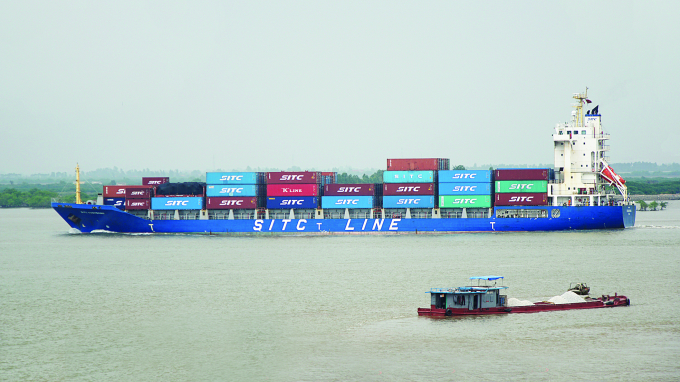
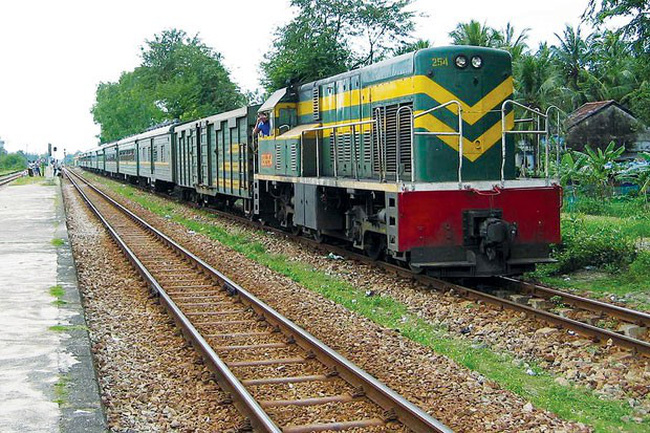
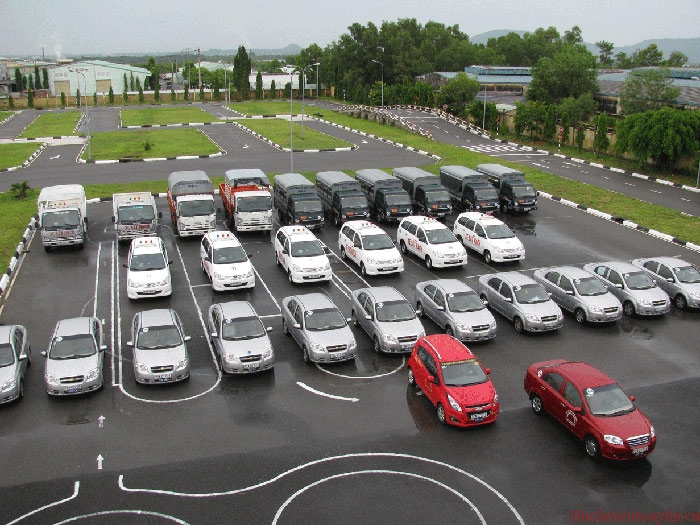
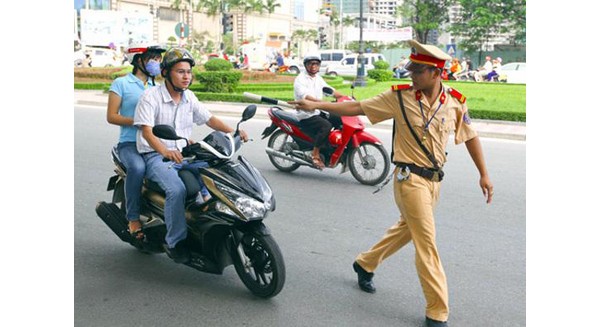
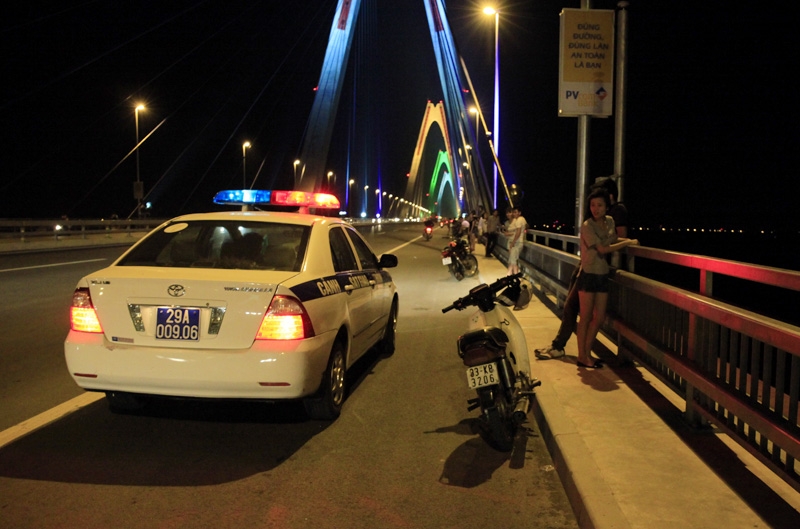
.png)
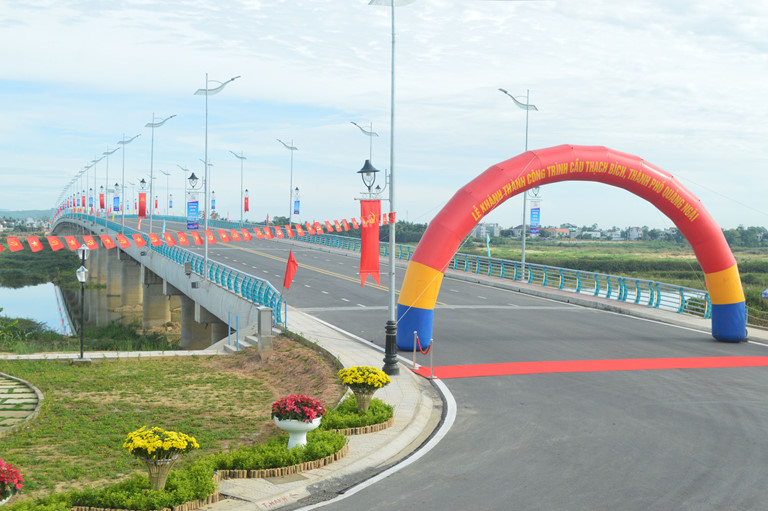

.Medium.png)
.Medium.png)
.Medium.png)
.Medium.png)
